Entry Category: Museums and Historic Sites - Starting with M
MacArthur Park Historic District
Madison County Courthouse
 Magnolia Antebellum House
Magnolia Antebellum House
Magnolia Manor
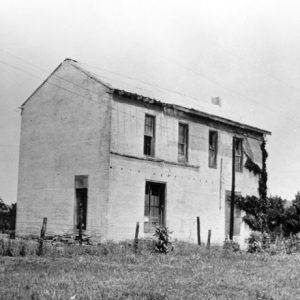 Maguiretown Store and Lodge
Maguiretown Store and Lodge
 Main School Building
Main School Building
Malco Theatre (Hot Springs)
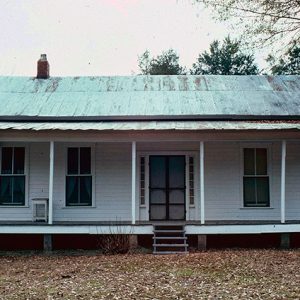 Mallett House
Mallett House
Malvern Commercial Historic District
 Malvern Commercial Historic District
Malvern Commercial Historic District
Malvern Rosenwald School
Maness Schoolhouse
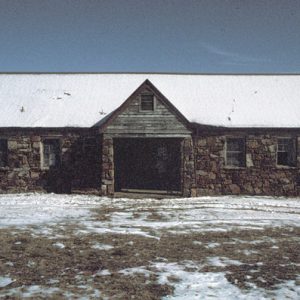 Maness Schoolhouse
Maness Schoolhouse
Manila Depot Museum and Main Street Historical Museum
 Manila Depot Museum and Main Street Historical Museum
Manila Depot Museum and Main Street Historical Museum
 Manila Depot Museum Interior
Manila Depot Museum Interior
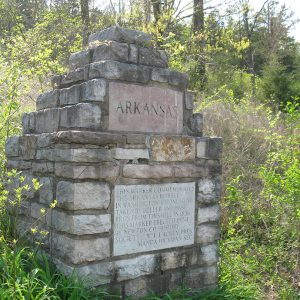 Marble Quarry Monument
Marble Quarry Monument
Marianna National Guard Armory
Marianna Waterworks
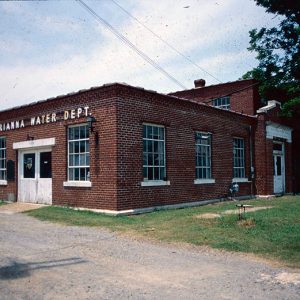 Marianna Waterworks
Marianna Waterworks
Marine Corps Legacy Museum
Marion County Courthouse
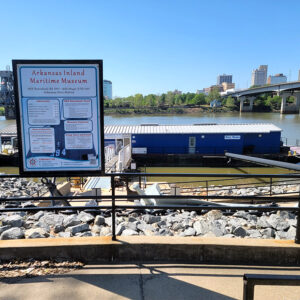 Maritime Museum Entrance
Maritime Museum Entrance
 Maritime Museum Gun
Maritime Museum Gun
 Maritime Museum Gun Sign
Maritime Museum Gun Sign
 Maritime Museum Vessels
Maritime Museum Vessels
Marked Tree Siphons
 Marked Tree Siphons
Marked Tree Siphons
Marlsgate and the Dortch Plantation
Marquette Hotel
aka: Riviera Hotel
Marr’s Creek Bridge
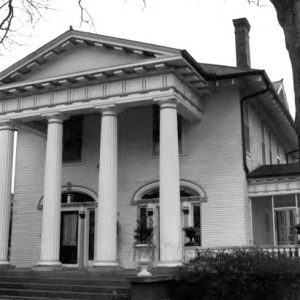 Marshall House
Marshall House
Marshall House (Little Rock)
 Mark Martin Museum
Mark Martin Museum
Mary Woods No. 2
 Dr. James D. Mashburn House
Dr. James D. Mashburn House
 Matthews House Driveway and Garages
Matthews House Driveway and Garages
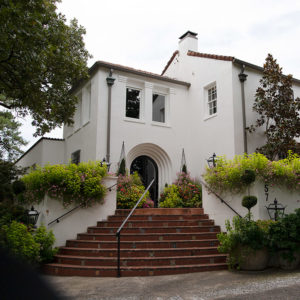 Matthews House Entrance
Matthews House Entrance
 Matthews House Garden
Matthews House Garden
 Matthews House Grounds
Matthews House Grounds
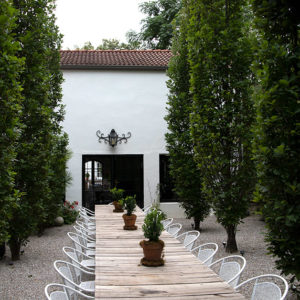 Matthews House Patio
Matthews House Patio
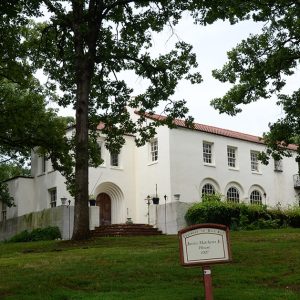 Justin Matthews Jr. House
Justin Matthews Jr. House
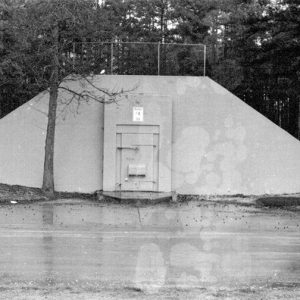 Maumelle Ordnance Works Bunker No. 4
Maumelle Ordnance Works Bunker No. 4
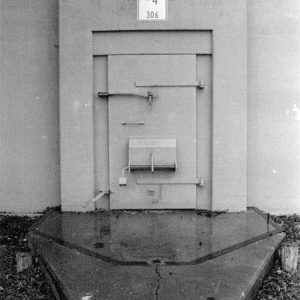 Maumelle Ordnance Works Bunker No. 4
Maumelle Ordnance Works Bunker No. 4
 Maumelle Ordnance Works Bunker No. 4
Maumelle Ordnance Works Bunker No. 4
Maumelle Ordnance Works Bunker No. 4
 Maumelle River Bridge
Maumelle River Bridge




